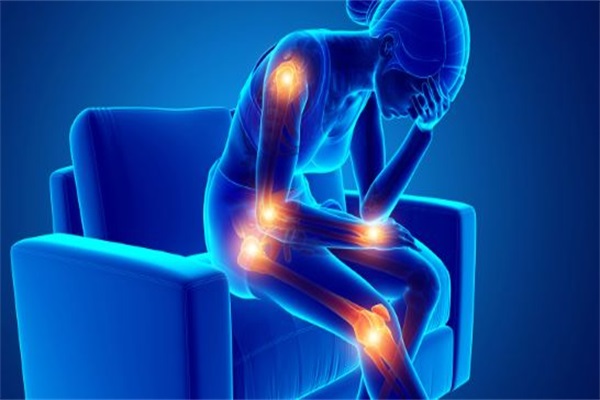Arthritis in ancient TCM history
Translated. Original article: How to cure arthritis
Rheumatoid arthritis (RA) is a chronic, inflammatory synovitis-based systemic disease of unknown etiology (defined by Modern Medical Science). It is characterized by polyarticular, symmetrical, and aggressive arthritis of the small joints of the hands and feet, often accompanied by involvement of extra-articular organs and positive serum rheumatoid factor, which can lead to joint deformities and loss of function.
Arthritis in Ancient TCM record
In ancient times, in TCM of China, joint pain was called arthralgia (Bi). As early as in the 《Huangdi Neijing》, there was a special chapter on the etiology, manifestations, acupuncture and other treatments of arthralgia (Bi) and had the basic understanding. In the Eastern Han Dynasty (about 1800 years ago)), Zhang Zhongjing’s 《Shang Han Lun》 clearly called the classic symptom of rheumatoid arthritis “Li Jie”, while Sun Simiao’s 《Qian Jin Yao Fang》 in the Tang and Song Dynasties had already put “Li Jie” as a separate disease to distinguish it. “Li Jie” means “traversing the joints of the whole body”. When rheumatoid occurs, the pain is severe, involving the joints of the whole body, just like being bitten by a tiger, and the pain is unbearable.
Before the Ming Dynasty, TCM believed that rheumatoid arthritis was caused by the loss of liver and kidney Yang, and with insufficient qi and blood, and plus external cold and wetness blocking the meridian. In theory, it can be said that the theory of rheumatoid arthritis in TCM in the Qing Dynasty was already very complete.
TCM treatment focuses on syndrome differentiation and disease differentiation. According to syndrome differentiation, TCM divides rheumatoid arthritis into MovingBi, PainBi, FixedBi, and HotBi four categories.
MovingBi: Pains in limbs and joints, but the pain is wandering around, not in a fixed place everytime.
PainBi: Severe pain with a fixed location, relieved by heat, and aggravated by cold
FixedBi: Joint pain in fixed location, feels heavy, with skin/limb numbness, difficult in moving the limbs/arms/legs
HotBi: Burning redness and swelling in the joint pain, cooling can relieve its symptom.
If the joints are red, swollen, hot and painful, the pain is very severe, and the swelling and pain intensify after encountering hot things, the swelling and pain are relieved after ice application, and the joints are inconvenient to move. Patients generally have symptoms such as thirst, fever, and red tongue. Diagnosed as rheumatism-HotBi, the TCM prescription of “clearing heat, expelling wind and dampness” would be given.
If the joints are sore, not red and swollen, not hot, the skin is numb, the patient’s hands and feet are heavy, and the tongue coating is white and greasy. Then it should be considered as “wind-cold-damp Bi” (cold type), and the TCM prescription of “removing dampness , expelling wind and cold” should be given. During treatment, patients should also pay attention to keep the joint warm.
If the joints are swollen, stiff in the morning, or even edema around the joints, local numbness and pain, or lumps and induration without redness, etc. The general body of the patient is obese, often accompanied by dizziness, swelling of the face and feet, fullness in the chest and abdominal cavity, and white and greasy tongue coating. The disease can be identified as phlegm turbidity and numbness, and the TCM prescription of “resolving phlegm and dampness, and relieving pain” can be given.
The symptoms of liver and kidney (Note: The “liver” and “kidney” in TCM is refers to liver system and kidney system, not just refers to the organ.) deficiency are generally seen in patients with a long course of disease and repeated occurrences. The local joints can be severely deformed, the flexion and extension are unfavorable, and even affect walking. The joint pain is more severe at night and relieved during the day. Symptoms such as weakness can be identified as liver and kidney deficiency, and a TCM prescription of “nourishing liver and kidney, nourishing qi and blood” should be given.
Everyone has a different physique, and the degree of treatment is also different. Of course, the effect of treatment will also be different. Therefore, in the process of rheumatoid treatment, it must be different from person to person. Only by choosing the treatment method that the patient is most suitable for can achieve the best effect.

*Disclaim:
*The information presented on this site is for educational purposes only and is not intended to replace advice from your physician or other health care professional or any information found on any product label or packaging. You should always consult with a qualified health care professional before starting any exercise, diet or supplement regimen.
